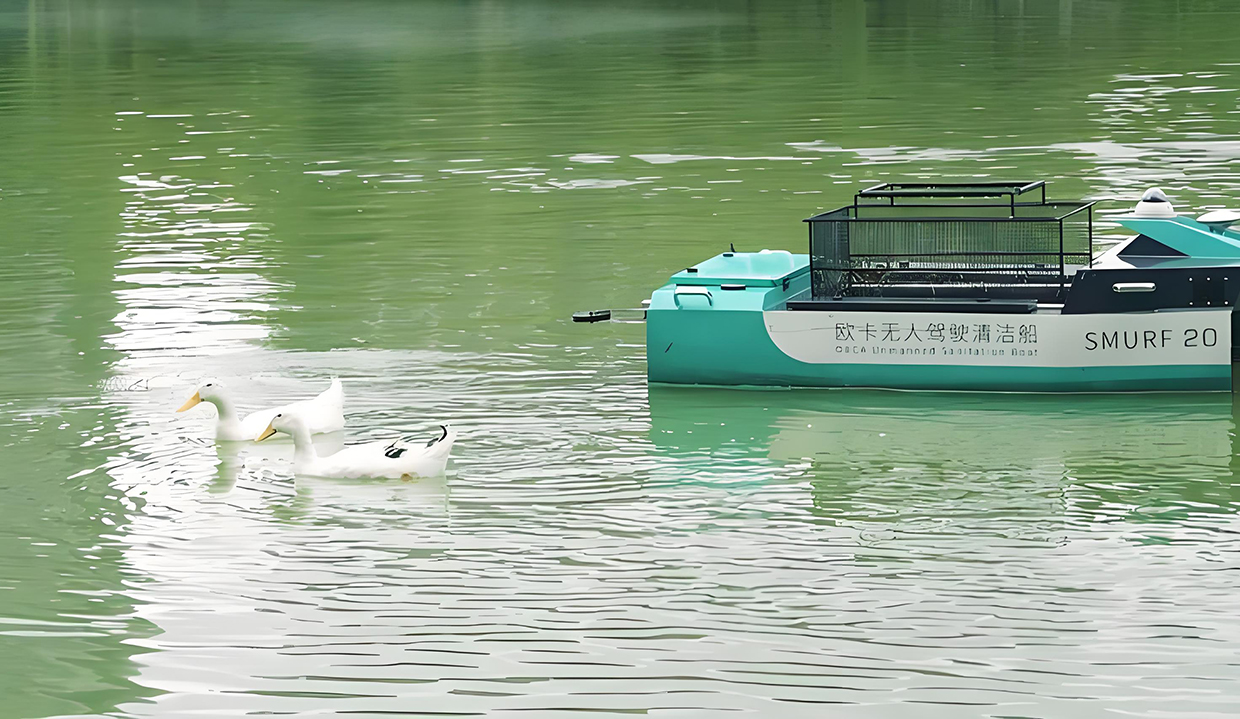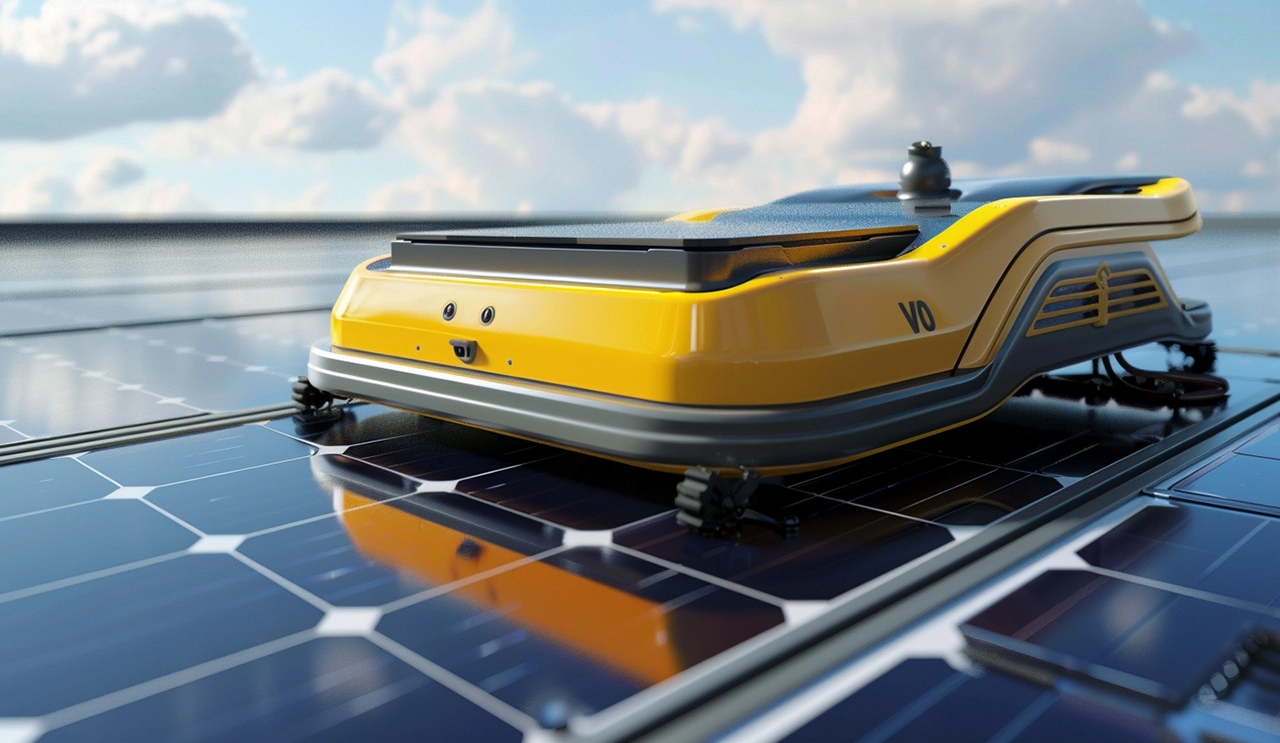
WIRELESS CHARGING IN THE NEWS
With the rapid advancement of technology, autonomous snow removal robots are becoming essential tools for addressing winter snow accumulation. Particularly in regions with frequent snowfall, these robots provide significant convenience for both residential and commercial areas. However, a crucial challenge persists: how to ensure efficient operation while eliminating the inconvenience of frequent recharging. The introduction of wireless charging technology provides a groundbreaking solution to this issue, fully unlocking the potential of autonomous snow removal robots.
In traditional wired charging systems, snow removal robots must return to a designated spot for recharging at specified times. This approach not only limits the robots' autonomy but can also interrupt snow clearing tasks, significantly reducing efficiency. Wireless charging completely eliminates the dependency on cables, allowing robots to recharge without human intervention during their clearing operations. By installing wireless charging units along the robots' working routes, such as on driveways or parking areas, the robots can seamlessly recharge as they pass over these points. This method significantly enhances operational continuity and the convenience of recharging.
The wireless charging system consists of charging bases embedded in the ground and receiving units installed on the robots. These devices transfer energy through electromagnetic induction or magnetic resonance when the robot rests over the charging base. Compared to traditional charging methods, this contactless approach reduces the risk of wear and tear from physical connectors and minimizes exposure to weather-related damage. This aspect is particularly crucial during winter, as cold and wet conditions can adversely affect exposed electrical components, whereas the robustness and safety of wireless charging mitigate these potential issues.
When managing autonomous snow removal robots, integrating wireless charging technology can also optimize scheduling and route planning. By incorporating intelligent scheduling systems, wireless charging stations can coordinate effectively with the robots' daily operational plans, aligning charging with clearing tasks. This dynamic charging method ensures that robots travel along optimal routes, conserve power, and can quickly recharge at suitable locations. Consequently, snow removal robots can quickly resume operations, minimizing downtime due to low battery conditions, and enhancing overall efficiency.
The integration of wireless charging technology with big data analytics also makes the use of autonomous snow removal robots more intelligent. By systematically collecting and analyzing data on charging patterns and usage frequency, operators can accurately predict the robots' power needs and devise preventive maintenance strategies. Additionally, real-time monitoring can swiftly respond to irregular situations, ensuring continuous high-efficiency operation. Throughout the snow-clearing season, this efficient energy management strategy reduces the need for manual intervention and optimizes clearing tasks to provide users with clean environments.
Looking to the future, as wireless charging technology continues to advance, its application in autonomous snow removal robots will become increasingly widespread. Future wireless charging stations may become more compact and easy to install, suitable for a variety of complex terrains and usage scenarios. Additionally, improvements in energy transmission efficiency mean that future snow removal robots could have greater endurance and enhanced operational efficiency. Wireless charging technology not only grants these robots greater operational flexibility but also offers a reliable and continuous solution for maintaining clean roads and pathways in extreme weather conditions. This technological transformation is poised to drive the winter clearing field to new heights.







